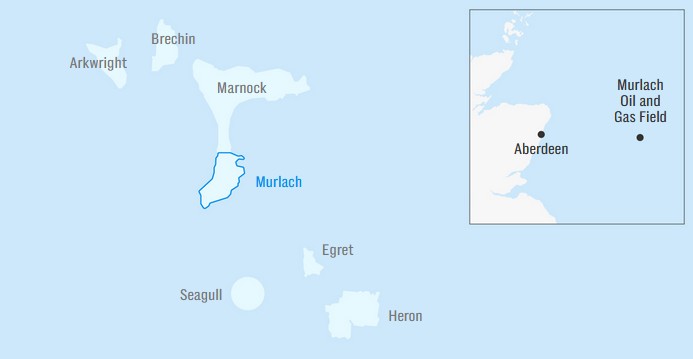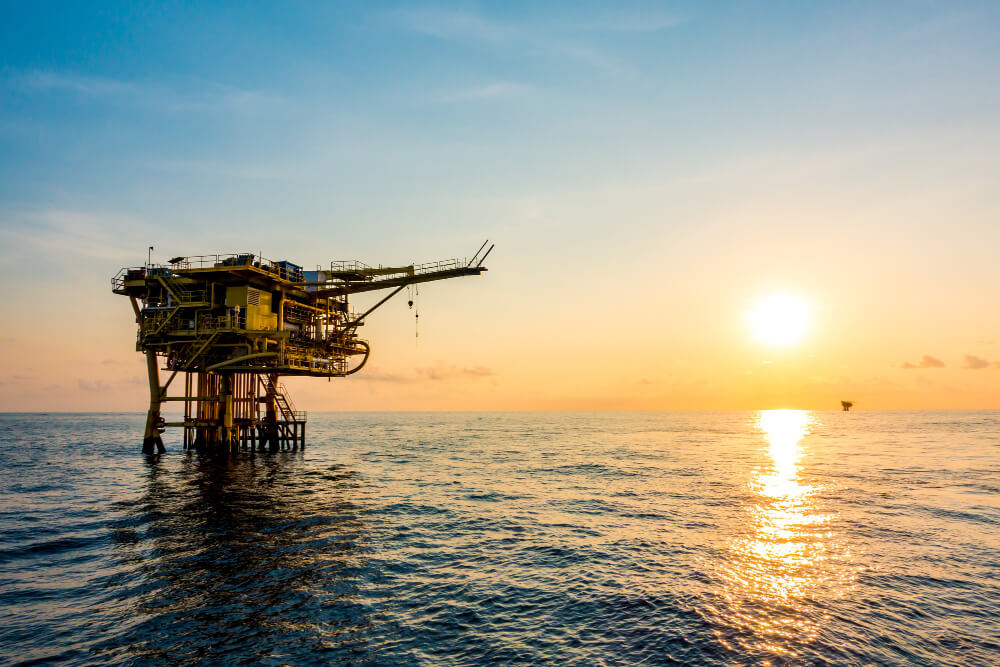As the waters of the North Sea whip against steel platforms, a familiar debate surges once again. BP has confirmed it will restart operations at the Murlach oil field, located 120 miles east of Aberdeen, bringing it back online more than two decades after its closure. Supporters hail the decision as a lifeline for domestic energy production, while critics denounce it as a regressive step at a time when the climate clock is ticking.
The Murlach field was originally mothballed in 2004 after being deemed uneconomic. However, advances in drilling technology, combined with fresh investment, have altered the equation. BP says the site holds around 20 million barrels of recoverable oil and 600 million cubic metres of gas — enough to sustain production for roughly eleven years. Initial output could reach 20,000 barrels of oil and 17 million cubic feet of gas each day.

To the company, this is a strategic revival of a known resource that avoids the lengthy approval process faced by entirely new projects. To many environmental campaigners, it is proof that the fossil fuel industry is still intent on extracting every drop possible, even as the impacts of global warming intensify.
The political backdrop is complex. The current government has pledged to halt new licensing for oil and gas exploration, citing the need for a “fair and orderly” transition towards renewable energy. However, it has also stated it will honour existing licences, including Murlach’s. The stance attempts to balance two competing pressures: meeting climate targets on one hand, and maintaining energy security and jobs on the other.
This balancing act is not without contradiction. While ministers point to record investments in offshore wind and carbon capture technology, they also concede that the UK will still require oil and gas for decades to come. The independent Climate Change Committee has forecast that between 13 and 15 billion barrels will be needed by 2050. The challenge is where that supply will come from — and whether it should come from domestic waters or overseas imports.
Supporters of the Murlach restart argue that extracting what remains in the North Sea makes strategic sense. They highlight that domestic production is subject to higher environmental standards than imports and that local output supports thousands of skilled jobs in coastal communities. Industry groups also warn that overly restrictive policies could push investment elsewhere, eroding the UK’s position as a player in global energy markets.
Yet the numbers paint a sobering picture. Output from the North Sea has been declining for a quarter of a century. Oil production has dropped sharply in recent years, and gas volumes are also slipping. The North Sea Transition Authority projects an annual fall of about 7 per cent for oil and 12 per cent for gas, with a 90 per cent overall decline by 2050. Much of the easily accessed resource has already been tapped. What remains often comes from smaller, more technically challenging fields like Murlach.
For environmentalists, the issue is not whether the oil can be reached but whether it should be. They argue that continuing to invest in fossil fuel infrastructure locks the UK into carbon emissions for decades, jeopardising climate goals and exposing the country to the volatility of global oil markets. Their prescription is clear: accelerate the pivot to renewable energy sources, invest in green jobs, and support communities through the economic transition away from oil and gas.
This divergence of opinion is not new, but it is becoming sharper. On one side are those who see the North Sea as a dwindling but still valuable asset, a means of cushioning the UK against supply shocks and geopolitical instability. On the other are those who see it as a relic of the past — one that risks distracting from the urgent work of building a zero-carbon future.
International voices have added fuel to the fire. Former US President Donald Trump, during a recent visit to Scotland, criticised UK tax policy on North Sea oil, describing the reserves as a “treasure chest” being squandered through excessive levies. His remarks drew predictable applause from some in the industry and scorn from others who see such rhetoric as at odds with climate realities.
Meanwhile, the renewable sector continues to grow. Large-scale wind projects, such as the recently approved Berwick Bank development, promise to generate enough electricity to power millions of homes. Supporters of these projects note that wind, unlike oil, will never run out — and its costs have plummeted over the past decade. However, large renewable schemes take years to plan and build, and they cannot yet provide the same constant output as fossil fuels without significant advances in storage technology.
The tension between these timelines — the urgency of climate action versus the slower pace of infrastructure change — lies at the heart of the Murlach debate. Critics fear that each new or revived oil field pushes the energy transition further into the future, creating a dependency that will be harder to break. Proponents counter that an abrupt halt to domestic production would not reduce demand but simply shift it to other countries, often with higher carbon footprints and fewer environmental safeguards.
In reality, the outcome may be shaped less by moral clarity and more by market forces. If global oil prices remain high, even marginal fields could become attractive again. If renewable energy continues to become cheaper and more reliable, the economic case for large-scale fossil fuel investment will weaken further.
For now, Murlach is set to join a small but growing list of North Sea fields brought back from the brink. Whether this represents prudent resource management or a stubborn refusal to change course depends on one’s vantage point. What is clear is that the UK is at a crossroads — not just in terms of energy supply, but in deciding what kind of energy future it truly wants.
If the goal is to lead in climate action while maintaining energy security, the path ahead will require more than simply reviving old fields or building more turbines. It will demand a coherent plan that bridges the gap between present needs and future aspirations, one that neither romanticises the past nor underestimates the scale of the change required.
Until such a plan is agreed and enacted, decisions like Murlach’s revival will continue to divide opinion, stir passions, and symbolise the broader struggle to navigate the end of the fossil fuel era.

Building, Design & Construction Magazine | The Choice of Industry Professionals





